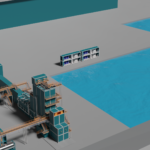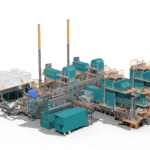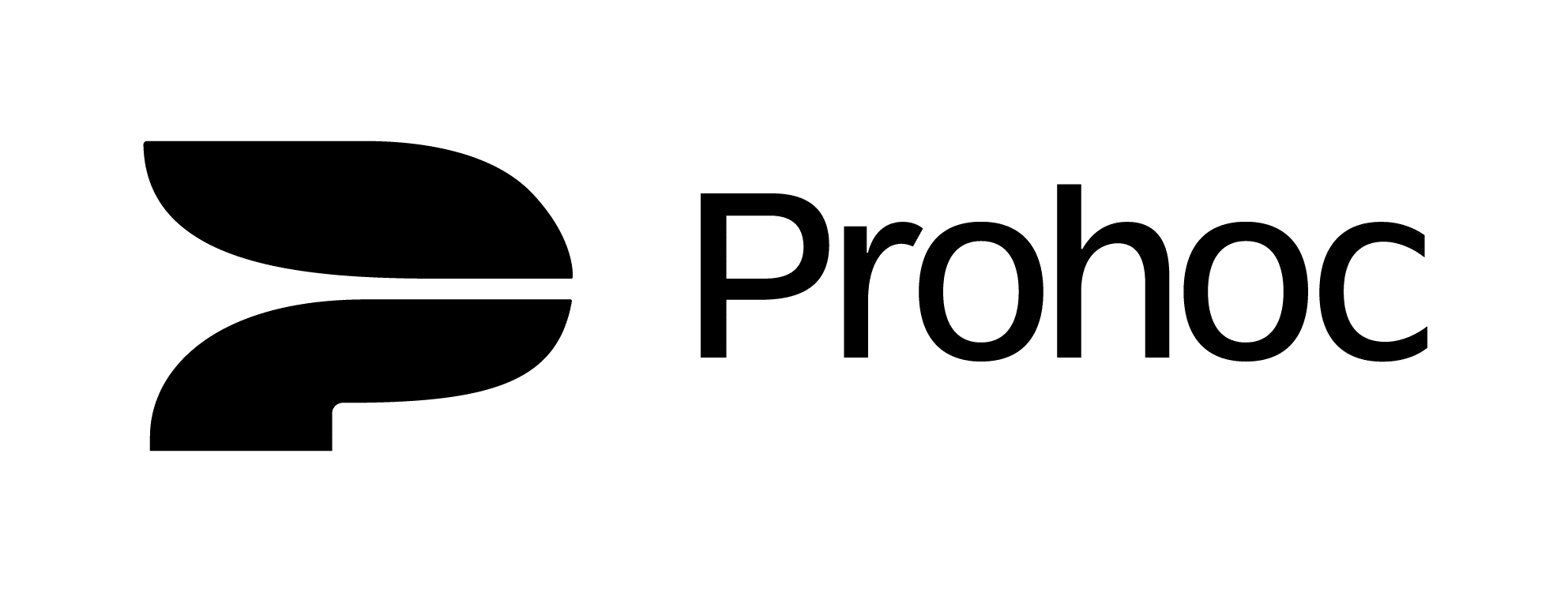Waste-to-energy (W2E) or Energy-from-waste (EfW) is probably the world’s least discussed form of sustainable power generation – attracting much less attention than wind, solar, hydro, geothermal or even tidal energy. Yet the quiet success of W2E projects in Europe has not escaped the notice of ambitious investors who believe the technology could also work for Africa. As Europe’s W2E market approaches saturation, Africa is an obvious next step. Energy demand in the continent is predicted to rise by 127% by 2040, with electricity demand almost tripling and the share of renewables in Africa’s fuel mix growing from 1% today to 16% over the same period.
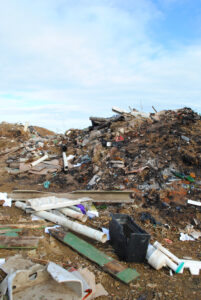 There are some key demographic factors that favor the development of W2E in Africa. Rapid urbanization has created megacities (with populations of more than 10 million) across the continent. Cairo, Kinshasa and Lagos in Nigeria are already megacities, while Luanda, Dar es Salaam and Johannesburg will attain megacity status by 2030, according the UN. Highly concentrated conurbations need regular power and sustainable forms of waste disposal. There are also political drivers that support W2E in Africa. The UN’s Sustainable Development Goal no. 7 focuses on delivering universal access to affordable, clean energy, a policy that favors W2E in appropriate contexts. Government attitudes to landfilling are also changing. Cities have expanded so much and so rapidly that they have encircled enormous waste dumps, which were originally outside city boundaries. This has forced people to live and work next to, or even on, dangerous landfill sites, compelling governments to consider more sustainable options for waste management.
There are some key demographic factors that favor the development of W2E in Africa. Rapid urbanization has created megacities (with populations of more than 10 million) across the continent. Cairo, Kinshasa and Lagos in Nigeria are already megacities, while Luanda, Dar es Salaam and Johannesburg will attain megacity status by 2030, according the UN. Highly concentrated conurbations need regular power and sustainable forms of waste disposal. There are also political drivers that support W2E in Africa. The UN’s Sustainable Development Goal no. 7 focuses on delivering universal access to affordable, clean energy, a policy that favors W2E in appropriate contexts. Government attitudes to landfilling are also changing. Cities have expanded so much and so rapidly that they have encircled enormous waste dumps, which were originally outside city boundaries. This has forced people to live and work next to, or even on, dangerous landfill sites, compelling governments to consider more sustainable options for waste management.
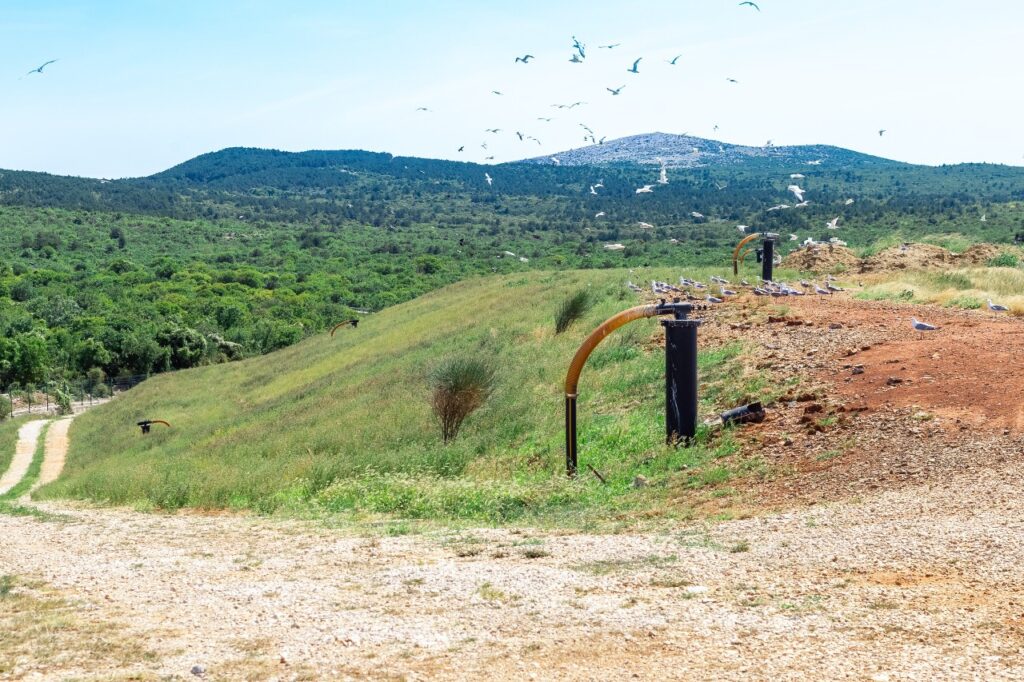 South Africa is a particularly interesting opportunity for waste-to-energy projects. Their Renewable IPP Procurement Programme (REIPP) is supporting the national commitment to transition to a low carbon economy and targeting 17,800 MW of power generation capacity by 2030. The REIPP programme is not only contributing to alleviating the electrical energy shortfall in South Africa but has been designed to also contribute towards socio-economic and environmentally sustainable growth, and to start and stimulate the renewable industry in South Africa.
South Africa is a particularly interesting opportunity for waste-to-energy projects. Their Renewable IPP Procurement Programme (REIPP) is supporting the national commitment to transition to a low carbon economy and targeting 17,800 MW of power generation capacity by 2030. The REIPP programme is not only contributing to alleviating the electrical energy shortfall in South Africa but has been designed to also contribute towards socio-economic and environmentally sustainable growth, and to start and stimulate the renewable industry in South Africa.
Unfortunately, progress has not been that straight-forward. Several large cities in South Africa (e.g. Johannesburg, Cape Town, Pretoria, Pietermaritzburg and Rustenburg) have already sought to establish advanced waste treatment facilities, including W2E plants. These attempts have thus far proved unsuccessful. The experience from many past undertakings to establish W2E facilities shows that projects either fail or halt. Here are some of the reasons why:
- The planned public-private-partnerships (PPPs) have been unattractive for potential PPP concessionaires owing to one-sided allocation of most or all business critical risks to the private party.
- Unrealistic expectations of the revenue from the sale of electricity and recyclables and allocation of revenue risk to the PPP concessionaire and, hence, unrealistic expectations of low or no gate fees for waste.
- Inability of the public party to guarantee the put-or-pay payment and waste quality and quantity commitments, required to make the PPP concession bankable through commercial banks.
- Legal or financial obstacles limiting municipalities’ ability to either i) enter into PPP concession agreements or ii) finance, build and operate capital-intensive waste treatment infrastructure within the municipalities own structures or utilities.
- Resistance or regulatory barriers to securing long-term attractive power purchase agreements that secure long-term revenue and bankability of the W2E plant.
In short, the critical factor for making W2E technology a success in South Africa is not the technology itself, but the local government’s ability to evolve institutionally. This includes developing the ability to make and deliver on long-term financial and contractual commitments and the financial, institutional, enforcement and operational capacity to support a multi-stringed, capital-intensive waste management system, and securing the necessary specialized operational skills.
For advanced waste treatment infrastructure such as W2E facilities to be an economically viable option, it is necessary not only to compare the cost of the W2E option with the cost of operating a non-compliant dump, where all initial investment costs have been sunk. One also needs to calculate the actual costs of the complete current waste management system, including the avoided costs of long-distance waste transfer and well-engineered distant landfills, complete with leachate collection and treatment and landfill gas collection and treatment systems. Typically, in most developing cities, the municipal budgets for waste management are currently far from reflective of the full and true costs, in part because major investments in such things as vehicles and new landfills are often financed via discretionary grants, with no reckoning of capital costs, amortization etc. of the current assets.
WOIMA offers a flexible and highly profitable alternative to the IPP project developers. Our standardized solutions save costs and mitigate risks for all parties in all stages of the project; development, permitting, construction and operation. The whole business model is easily replicable around the country and even across borders. All the WOIMA solutions are modular and adapt easily to the changes in waste generation, whether increases through population and economic growth or decreases through better source sorting and recycling. They offer several levels of flexibility in power generation, operation and new business generation.
South Africa has many opportunities for WOIMA that are related to MSW and especially cases with mixed fuels such as paper pulp mixed with MSW or RDF. The wasteWOIMA® power plant has been designed to utilize primarily non-toxic municipal solid waste (MSW) streams. However, other waste streams that societies generate can also be used, such as refined waste fuels (REF, RDF, SRF), industrial, commercial and institutional waste (ICI), construction and demolition waste (CDW), agricultural waste (AW) and different biomasses. Even small quantities of toxic wastes, such as hospital and industrial waste can be mixed in the waste stream.
See our blog series about wasteWOIMA® flexibility blog series by cliking the link below.
Read more about wasteWOIMA® Flexibilities
www.woimacorporation.com / https://www.recomill.com/
WOIMA Corporation is a Finnish supplier of best-in-class waste-to-value products, projects and services worldwide. We have developed solutions that enable us, and the customer, to transform and recycle virtually any waste stream into raw materials and energy. At WOIMA we combine Finnish engineering know-how in waste management with power generation design expertise. These solutions are used in Finland every day. They support the circular economy ideology and ensure that less than 1% of Finland’s waste ends up in landfills.
Our mission is to improve quality of life both locally and globally, as well as empower people to utilize waste as a commodity. Our decades of international project management experience ensure an on-time, in-budget and high-quality WOIMA solution delivery across the globe.

